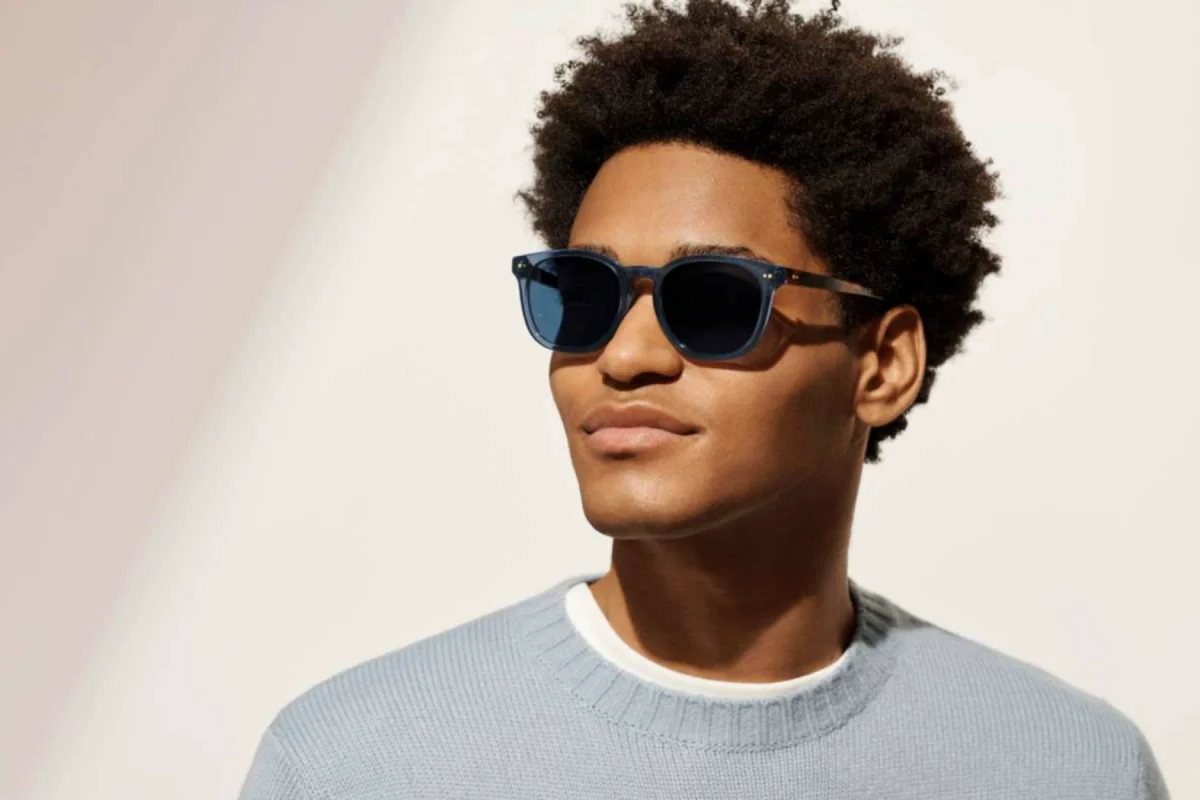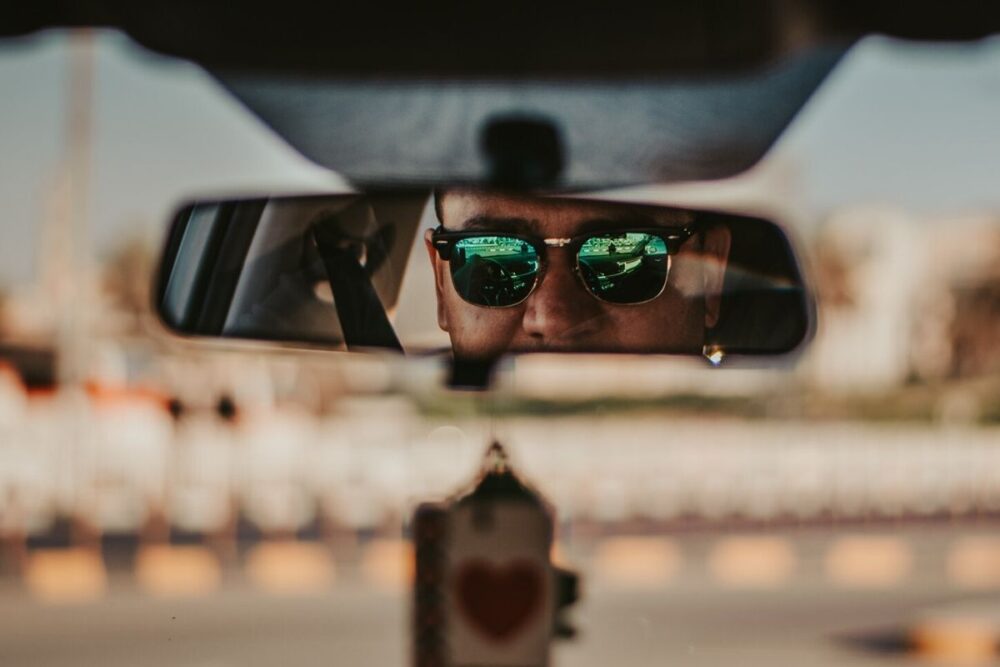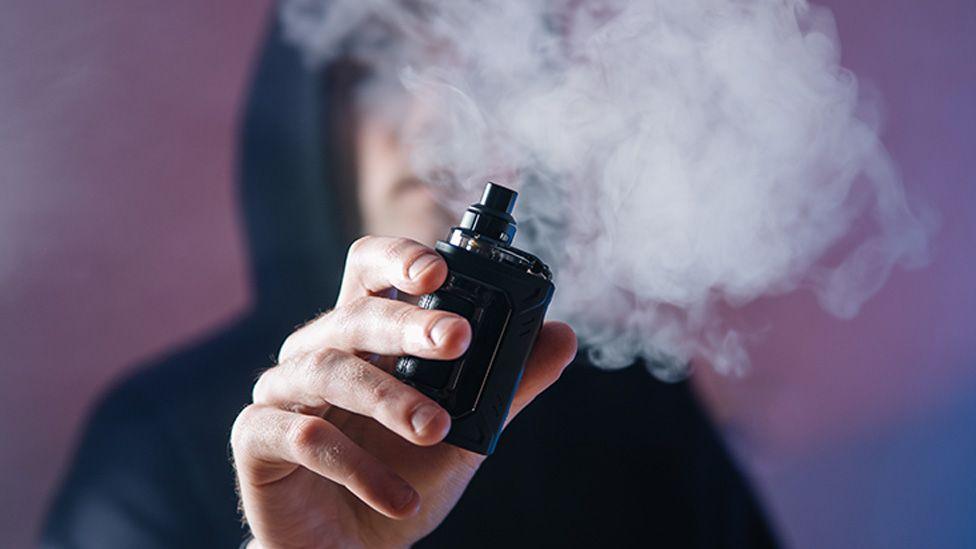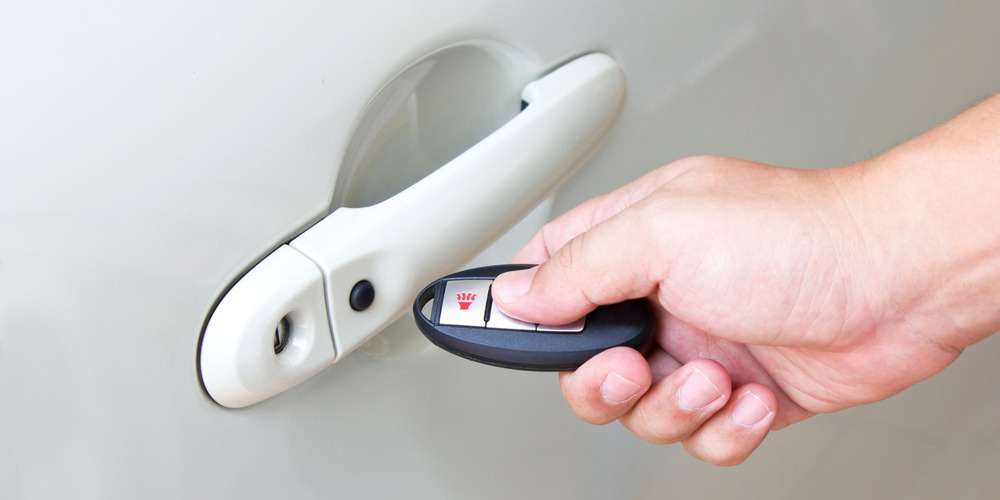Traffic laws often seem overly complicated and strict, but considering how many accidents keep happening and how careless numerous drivers tend to be, they could actually be even stricter. Anything that obstructs the driver from optimally and safely driving a vehicle is considered either illegal or highly unwise. As good as certain recommendations are valuable and as much as they can help, however, until they become part of the law people will forget them, both willingly and by accident.
It goes without saying that certain factors are obviously dangerous, like using your phone in any way while driving, eating, or drinking. Sadly, people believe they can still steer the car while performing other actions at the same time. By doing so, they not only endanger themselves and the people that ride with them, but other members of traffic that have nothing to do with them. These unlucky passersby are the usual victims. For these and many other reasons, there are certain guidelines and regulations you have to consider before you sit behind a wheel.

Sunglasses and Driving
While it may seem too dramatic and completely pointless, it matters what kind of eyewear you are using while operating a motor vehicle. Sunglasses are without a doubt helpful when driving because direct sunlight can obstruct your view and make you see less of the road ahead. Squinting through it is bad for a similar reason since your eyes are not fully open and you lack the visual feedback needed for safe driving. So what is the issue here?
Well, not all sunglasses are made the same and some can hurt you more than not wearing anything would hurt you. If you have never thought about it before, you will probably want to know that not all sunglasses are suitable for driving. This is often a shock for people especially when a traffic police officer pulls you over and decides to check the eyewear only to write you a ticket.
To get you ready for this and equip you with all the knowledge you need, we decided to talk about sunglasses and driving in more depth. Keep reading the article to find out about all the reasons why some sunglasses are not good for driving. In addition, to find the ones that are or any other type of eyewear you need, make sure to check out Otticait.com.

1. Vision Clarity
In order for the sunglasses to be a suitable driving companion, they have to have certain features. First of all, the vision has to remain clear at all times. Secondly, there needs to be sufficient light coming through so that you can see properly. What this basically means is that they need to pass enough light and be simple without fashion elements and oversized frames that obscure peripheral and frontal vision. Glasses that are too big block out more light than it may be needed, resulting in darker driving conditions and a lack of vision during daytime.

2. Two Types of Tints
The crucial part of the glasses in terms of driving is the tint of the lenses. There are two types of tints that you need to know about, variable and fixed. Variable tint lenses are the ones that change the density based on different amounts of light. The lighter it gets outside, the darker the lenses get in order to give you the optimal conditions for your eyes by lowering the UV light. However, this is not that ideal for driving because the windscreen of the car also filters out UV. The result is a slower and limited reaction of the lenses and a scenario in which they do more harm than good. The solution would be tinted variable lenses that not only react to UV light, but all visible light.
On the other hand, there are fixed lenses. They remain equally as dark no matter how sunny it gets outside or how dark it may be. They are more common and easier to find, as well as cheaper. Fixed tints can also be added to prescription glasses you may need to see better. They are a better option because they are simpler and you know what you get as soon as you put them on. If they are polarized, even better since there will be less glare, and the shining when the roads are wet will be easier to deal with.

3. Density of Tints
We mentioned that there are two types of glasses based on how the tint behaves. However, there is also the matter of how dense the tint is and what that means. Basically, it is all about the light transmission. Different amount of light that the tint allows through directly affects the use of the glasses, and their limitations.
For example, between 80% and 100% is a clear tint, best used indoors or during overcast. They have no limitations and can be used anywhere. Between 43% and 80%, we have the light tint. Such glasses are good for low sunlight but are not suitable for driving during the night. Next, there are glasses with medium tints, between 18% and 43% light transmission. They protect against medium sunlight, but again, not for night driving. Dark tint is reserved for glasses that protect against bright sunlight, and they offer 8%-18% light transmission. These are not useful for night driving either. Lastly, the only type of glasses that are not for any kind of driving, night or day, are very dark tint glasses that only give you between 3% and 8% light transmission.
Respectively, the different tint density puts the glasses in one of five categories, category 0, 1, 2, 3, or 4. This means that you should absolutely never drive with category 4 glasses, you can drive during the day with categories 1 through 3, and you can drive whenever you like with category 0.

4. Lens Safety
Last but not least, make sure that your driving glasses have the CE mark and meet European Standard BS EN 1836:2005. In addition, you should think about getting a pair that has anti-reflection coating and an additional layer of scratch-resistant coating. Keep a spare in the glovebox just in case, and consult your ophthalmologist for additional advice if you are still unsure what model to get.





